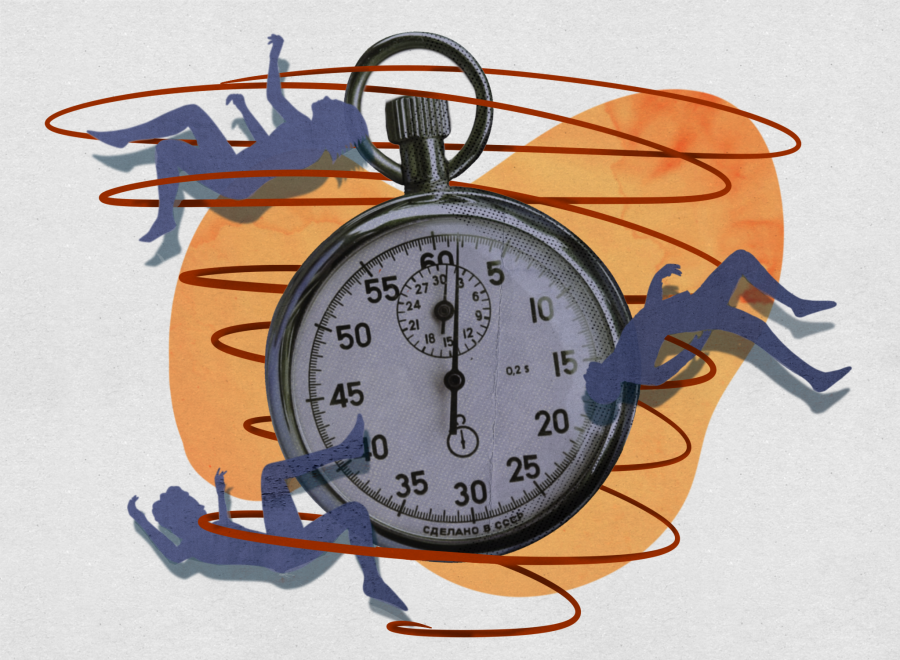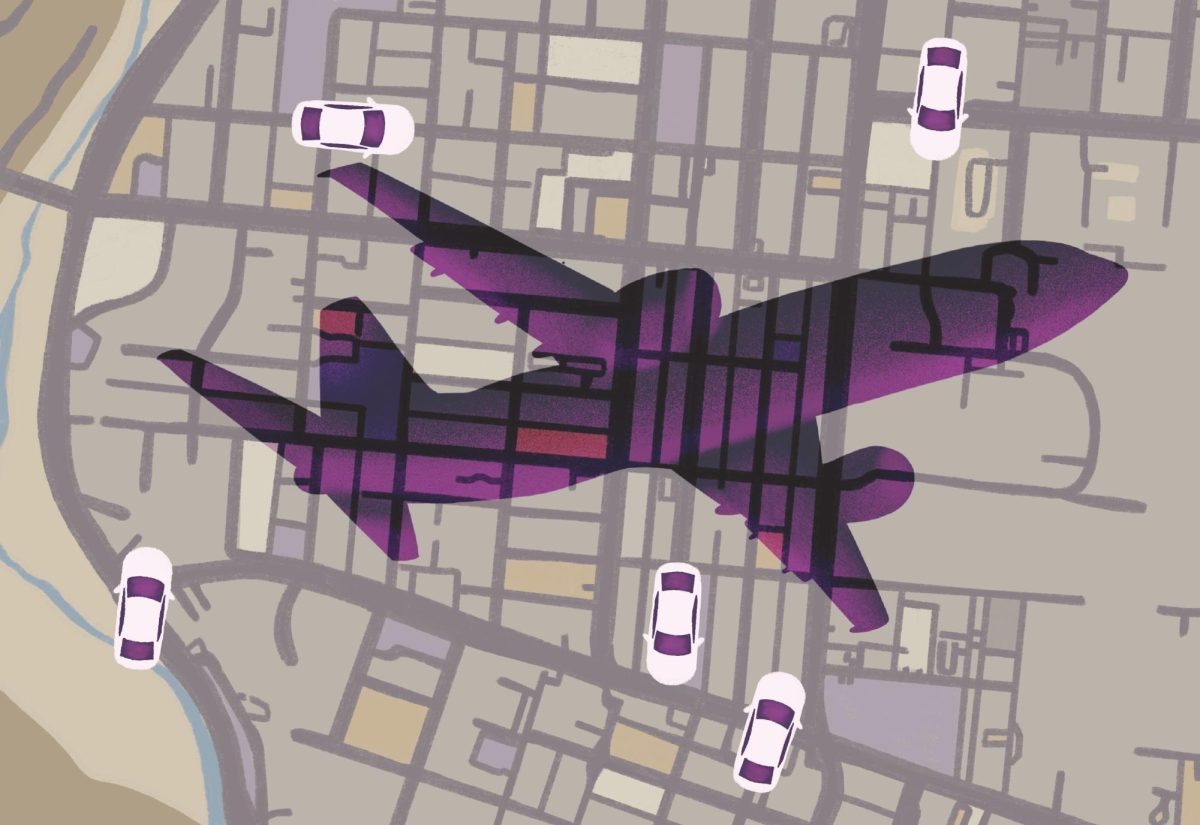A new study shows that COVID-19 cases are most contagious during the first week of illness, before symptoms even appear. Given that the most common way to get the virus is through contact with others, it is clear that efficient contact tracing is necessary to identify possible illness in its early stages and limit the spread of the virus on campus.
However, last week when one of my roommates tested positive for COVID-19, UT contact tracing did not notify any of her identified contacts until three days after the initial test.
Luckily, my roommate took it upon herself to tell her close contacts and me about her results. However, if she hadn’t, and we solely relied on contact tracing to let us know, that would have left a three day gap where we would have gone about our normal lives on campus, possibly spreading the virus even further.
Moving forward, UT contact tracing must do more to ensure that students exposed to the virus are identified and notified the same day that a contact tests positive. Only then can students efficiently and effectively take precautions and protect their peers.
Emily O’Toole, a government and human dimensions of organizations senior, had a similar experience with delayed contact tracing.
“I got an email that said that someone in one of my classes had had COVID-19 on (Nov. 13), and I got that like a week ago, so it was like a week after I would have been exposed,” O’Toole said. “I was just sort of surprised.”
Darlene Bhavnani, chief epidemiologist for COVID-19 contact tracing at UT, said that my experience does not reflect the typical contact tracing process. According to Bhavnani, contacts are always identified and notified as soon as possible, and delays only occur when there is an extreme amount of cases in one day or if students don’t comply.
“If we’ve got 100 cases in one day, which we hope we never have, it might be possible that we wouldn’t get to that case on that day,” Bhavnani said. “But generally, we’re able to get to all of our cases within one day.”
However, my roommate that tested positive wasn’t contacted until the day after she received her results, and there has not been a single day with over 40 total positive tests on campus since September.
Bhavnani said when it comes to someone in a classroom testing positive, like in O’Toole’s case, the responsibility to warn classmates of the exposure is in the hands of University Health Services, not contact tracing.
“Contact tracing is really focused on notification of close contacts identified by the case themselves,” Bhavnani said. “If it’s a classroom setting and these are individuals in the classroom that are not necessarily close contacts, I believe UHS has a system in place.”
Ultimately, students can only take proper precautions if they are informed that they have to, and it is up to contact tracing to provide that information.
UT must do better, and contact tracing must be more efficient. After all, we are protecting Texas together.
Hosek is a psychology freshman from Austin, Texas.





















